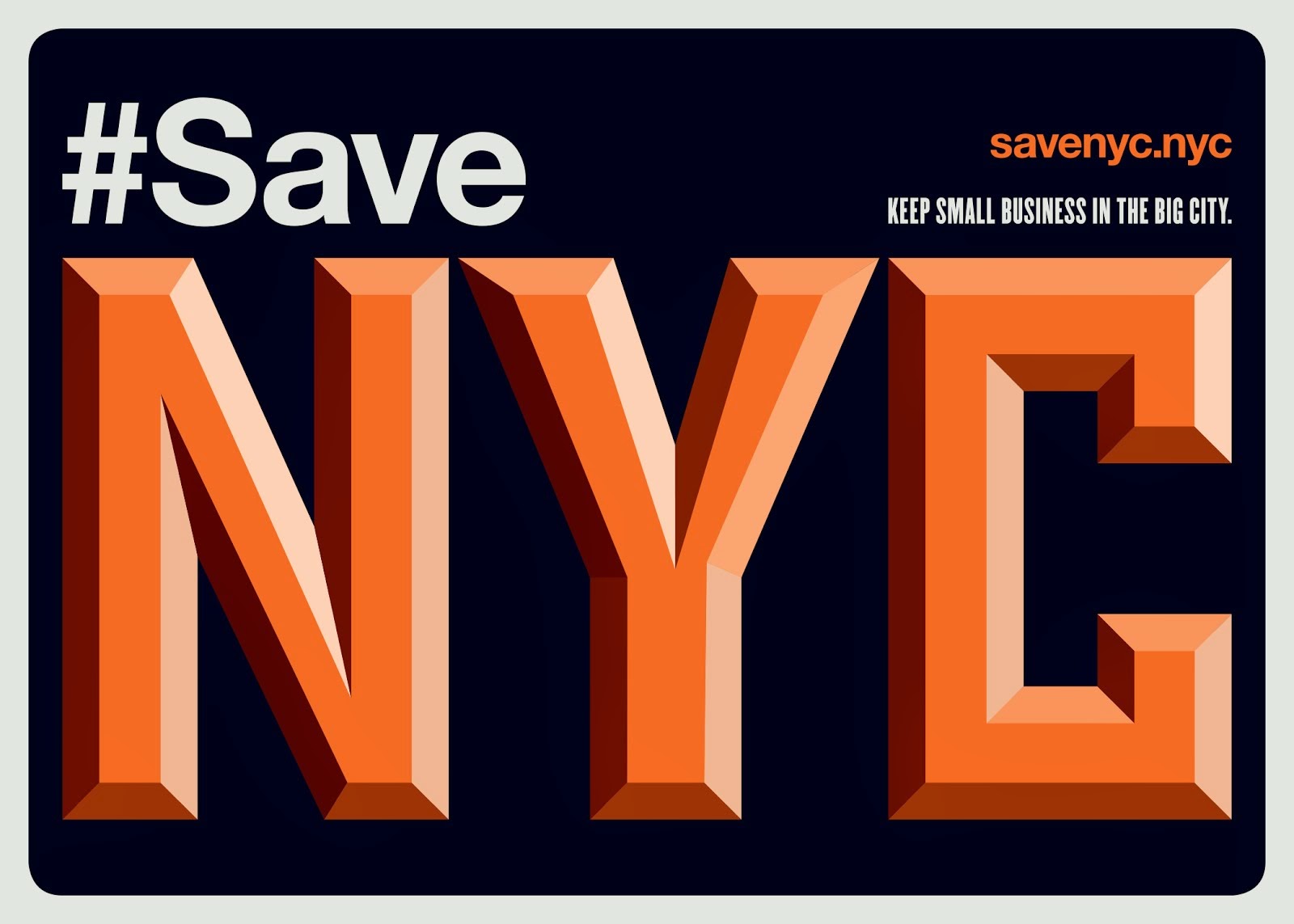The Vanishing NY Facebook page is almost at 6,000 likes. If you like this, you'll like that--with more updates and more discussion. Please "like" it right here.
"Judith Malina will not go gentle into that good night. The fiery 86-year-old director of the Living Theatre is losing both her apartment and the Lower East Side home of the world renowned theater troupe she co-founded 66 years ago." [JDF]
Bloomberg to hatch a totally invented upscale new "community" in Greenpoint. [GPers]
Planet NYU and the mutiny within. [Voice]
NYU boots 40-year-old liquor store. [Villager]
Jefferson condos desecrate corpse of East Village with smarmy ad campaign. [EVG]
The real problem with gentrification--monotony. [NR]
More gentrification on fast-changing Clinton St. [BB]
"Gut Renovation, a new documentary by filmmaker Su Friedrich, opens March 6 at Film Forum and takes a hard look at the changes that Williamsburg has undergone since the implementation of new zoning laws in 2005." [LMag]
1940s shooting gallery makes a comeback at Coney. [ATZ]
Eat at El Sombrero. [Villager]
Another tenement turned into another single-family mansion. [GVSHP]
Check out the fake townhouse hiding a subway tunnel. [MNC]
A goodbye to the 9th Street Bakery. [Voice]
Pearl Diner reopens--rejoice! [OMFS]
Finding Vivian Maier is coming--documentary on the greatest street photographer no one ever knew about. [MNC]
Friday, March 1, 2013
Subscribe to:
Post Comments (Atom)





4 comments:
I have a couple of problems with that gentrification article.
One--it suggests that gentrification is a natural, organic process. This understates the degree to which it is aided by policy. In New York you can point to the gradual phase-out of rent regulation through "luxury decontrol" beginning in the 90s and more recently strategic rezoning.
Two--it understates the machinations of financial capital and their accompanying violence. I really do not buy that early 00s study (which I have seen cited many times, including in this article) that residents are not displaced from gentrifying neighborhoods. Maybe it was more true then, but to suggest that it has remained true as gentrification is accelerated defies common sense. Whole blocks in Brooklyn have flipped from black to white in a few years. You can find many stories of landlords deliberately neglecting or harassing tenants in order to drive them out. State violence, in the form of hugely increased police presence and harassment targeted at minorities, also plays a big role. Gentrifiers would PREFER to think that they are only part of an inevitable, organic process because they do not want to believe that they are benefiting directly from this violence.
Three--it suggests that no neighborhoods have "unslummed" a la Jacobs with a mix of old and new residents. But arguably that is exactly what has happened in the South Bronx, and I'm sure there are other examples. In the case of the South Bronx I think it goes unrecognized because the newcomers are not white.
As an aside, I think Jacobs foresaw some of the problems with gentrification more than people give her credit for. The relevant chapters in Death and Life are "The Self-Destruction of Diversity" and "Gradual Money and Cataclysmic Money." It was probably very hard for anyone too imagine in 1961 that cities would ever suffer from being TOO desirable, though.
Thanks, Brendan, for really insightful and instructive comments.
I'd add to your sentence, "It was probably very hard for anyone too imagine in 1961 that cities would ever suffer from being TOO desirable, though," the question, desirable for whom? For the gentrifying class(es), which in those days was (were) fleeing to the suburbs? For the working middle and lower classes? I admire Jacobs because she had a vision of good for/desirable for all, poor, middle, rich, everybody. We're in this together.
What complicates this whole issue, I think: among the easy-to-vilify gentrifiers are creative agents for large and good social change: artists, imaginative students of many things, lawyers and doctors and professors who devote themselves in their daily work to people not of their education and advantage. The frustration: so hard to turn that melange to something positive, rather than to stratification, elite power grabs.
True in small-town America, too. "Affordable housing" the constant constant.
Only a white midwesterner gentrifier would justify and defend the gentrifying of a mostly non-white or immigrant neighborhood. No different than manifest destiny excuse.
I agree with Brendan's comments. Two quick points. First, there has never been a "free market" in real estate in any sense where the term "free market" is still meaningful. The buying and selling of land is always closely controlled by the government, or at least the nobility or oligarchs who might as well be the government.
Second, I've always disliked the use of the term "gentrification" to denote any increase in residential property values whatsoever, lumping together the transportation of slums into not-quite-slums, working class areas into middle class areas, middle class areas into wealthy areas, or even wealthy areas into places held exclusively by Russian mafia, in apartments only occupied a few months of the year. The transformation of the South Bronx has nothing whatsoever to do with the transformation of Chelsea, for example, nor does this mean that in a decade the South Bronx will inevitably be exactly like Chelsea,, or that the 00s Chelsea- Meatpacking Area and the 1980s South Bronx are the only alternative urban landscapes, much as some people seem to want that to be the case.
Post a Comment